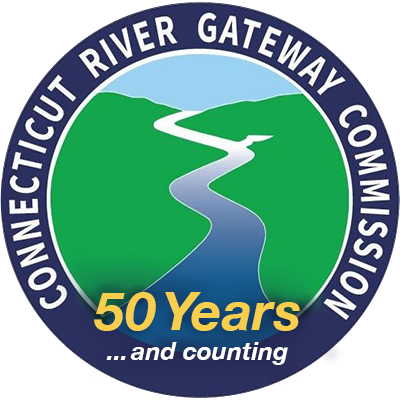History of the River
Hamburg Cove and Eight Mile River in Lyme, Tom Walsh, Shoreline Aerial Photography
New England’s Great River
The Connecticut River is a waterway, steeped in history, and flowing with natural beauty and environmental diversity. It provided sustenance and mobility well before Dutch voyager Adrian Block explored it in 1614.
The River has played an important role in the settlement and growth of Colonial America. Before there were roads, it was the river that allowed early settlers to make their way inland from the sea. It linked the communities that sprang up along its course and served as a gateway into the heart of what would become New England. River ports and villages soon began to build the boats and ships that would carry out extensive maritime trade, both near and far, while the swift current of the River and its tributaries powered the mills and factories of the Industrial Revolution. Meanwhile its beauty has inspired artists, entrepreneurs and environmental activists alike.
The Connecticut River has been celebrated and cherished, used and abused, and at its worst, choked with pollution. By the mid 20th Century, it teetered on the brink of ecological disaster. Katherine Hepburn, who lived at the mouth of the river, once referred to it as, “the world’s most beautiful open sewer.” But with the environmental movement of the 1960s, culminating in the Clean Water Act in 1972, the great river began to make a remarkable comeback and is now considered one of the cleanest major waterways in America. In 1997, it was named one of only fourteen American Heritage Rivers, and in 2012, it became the first river to be designated as a National Blueway noted for its diverse ecosystems.
Yet challenges remain, including increased development, fertilizer and storm drain run-off, light pollution, the clear cutting of trees, and the encroachment of invasive aquatic species. This is why The Gateway Commission, in partnership with local municipalities, land trusts and environmental groups, is working to preserve the environmental splendor and historic character of this incredible waterway.
